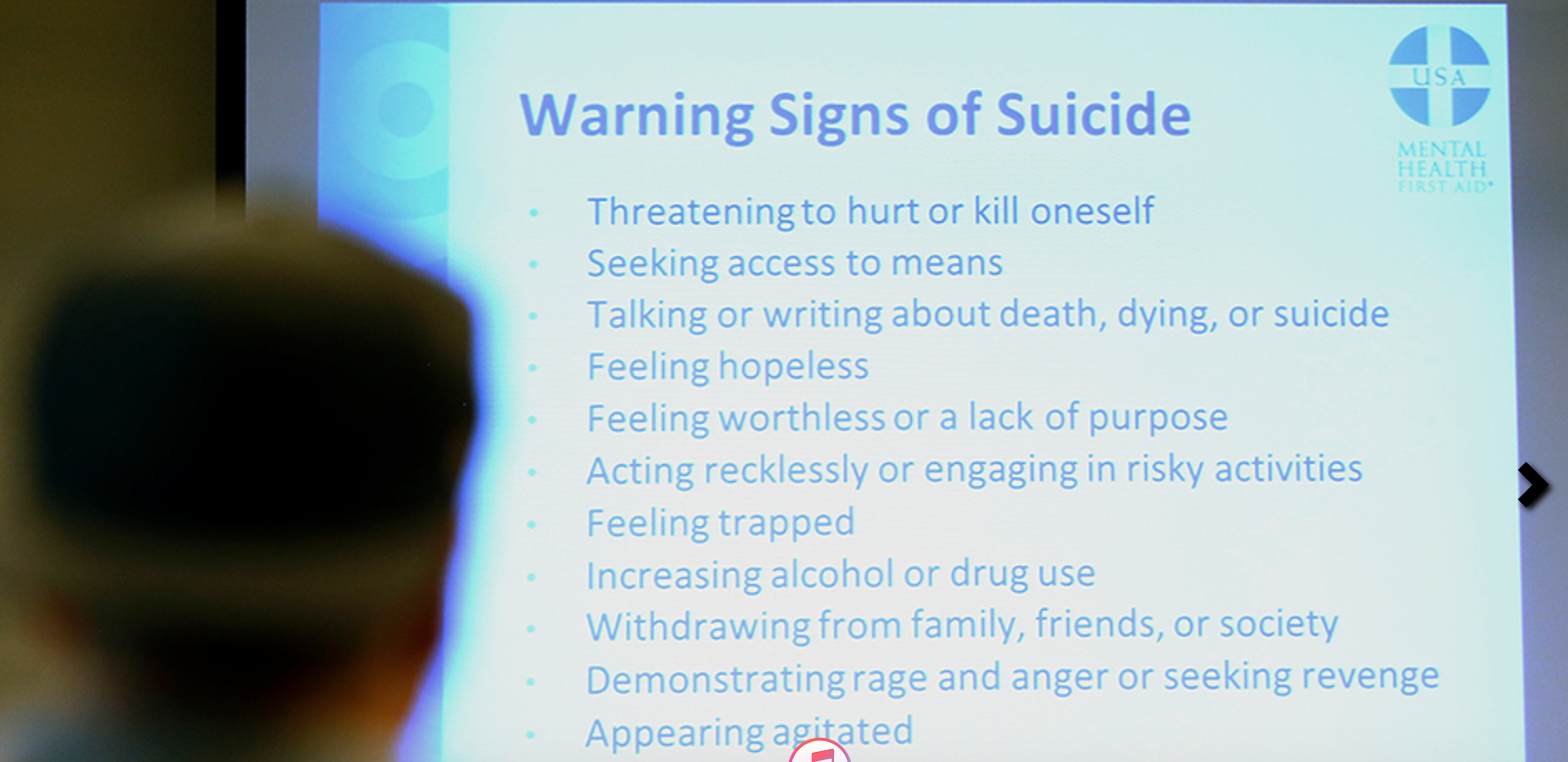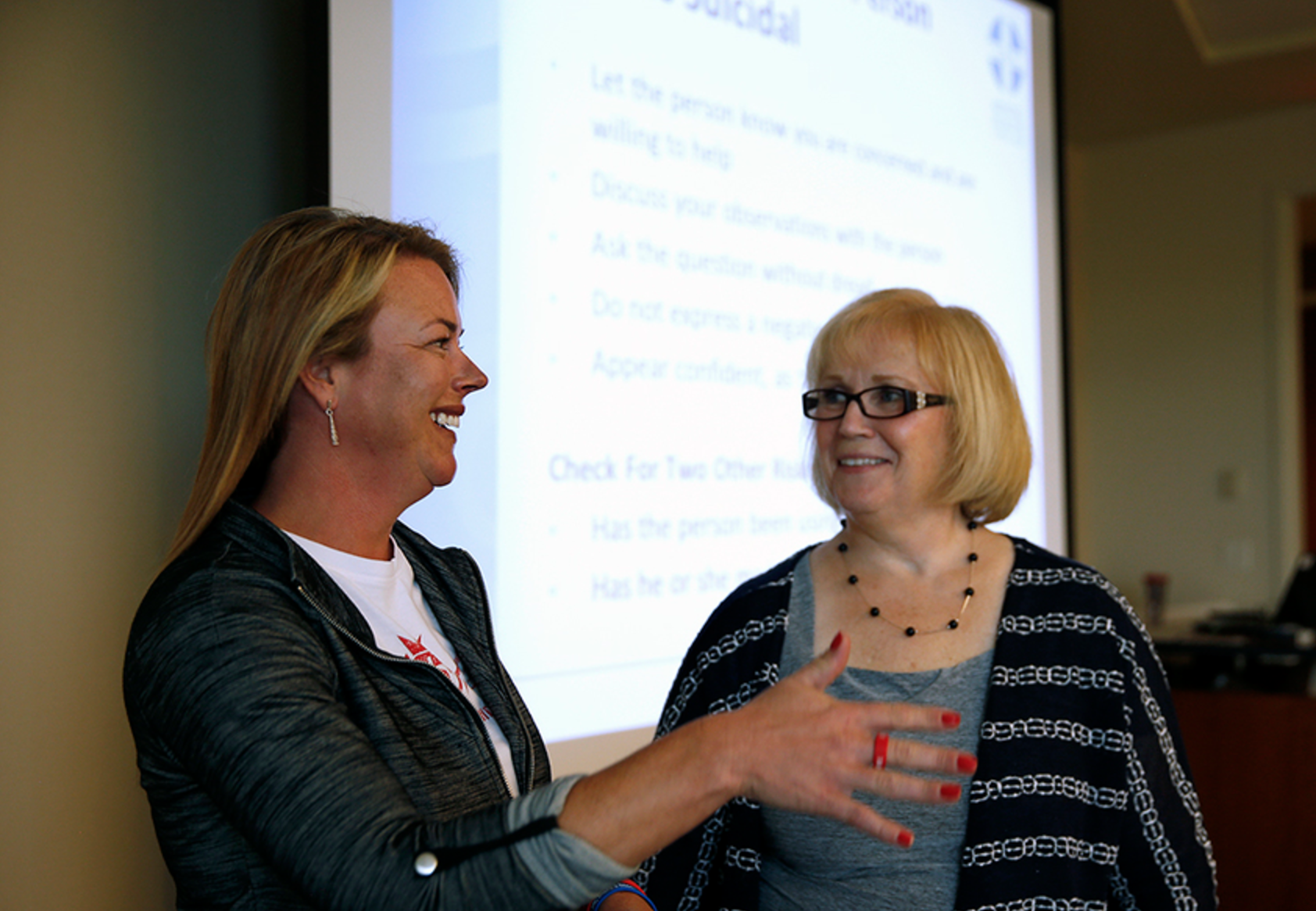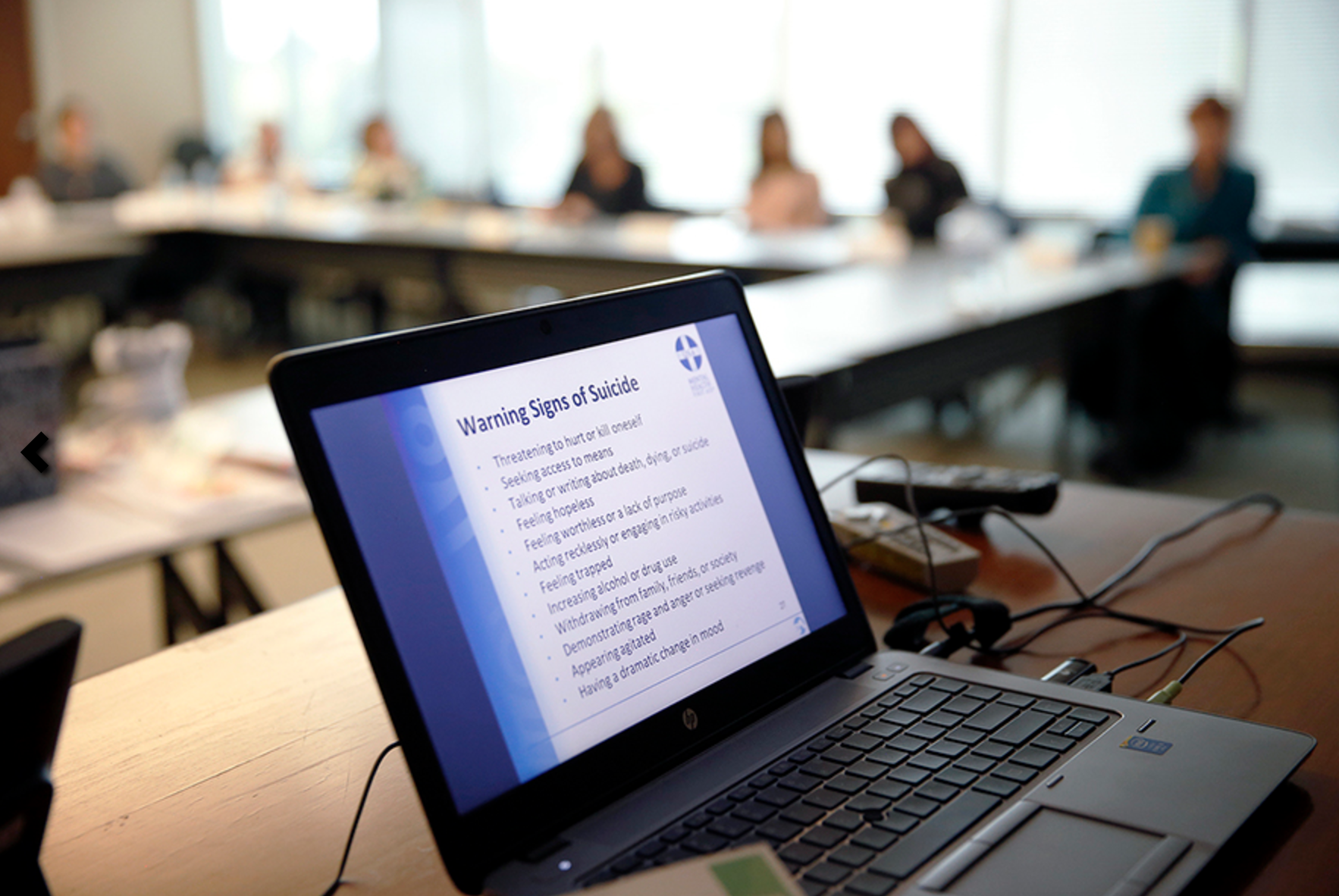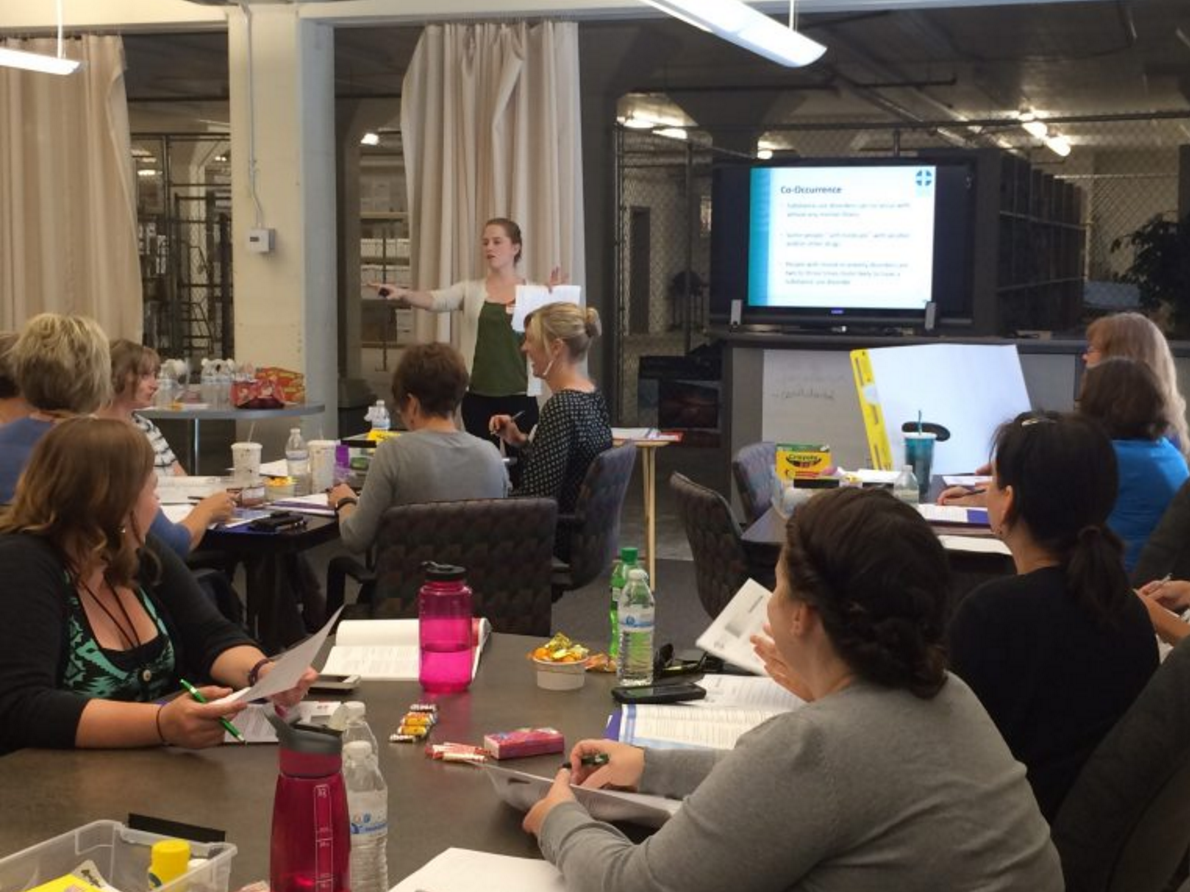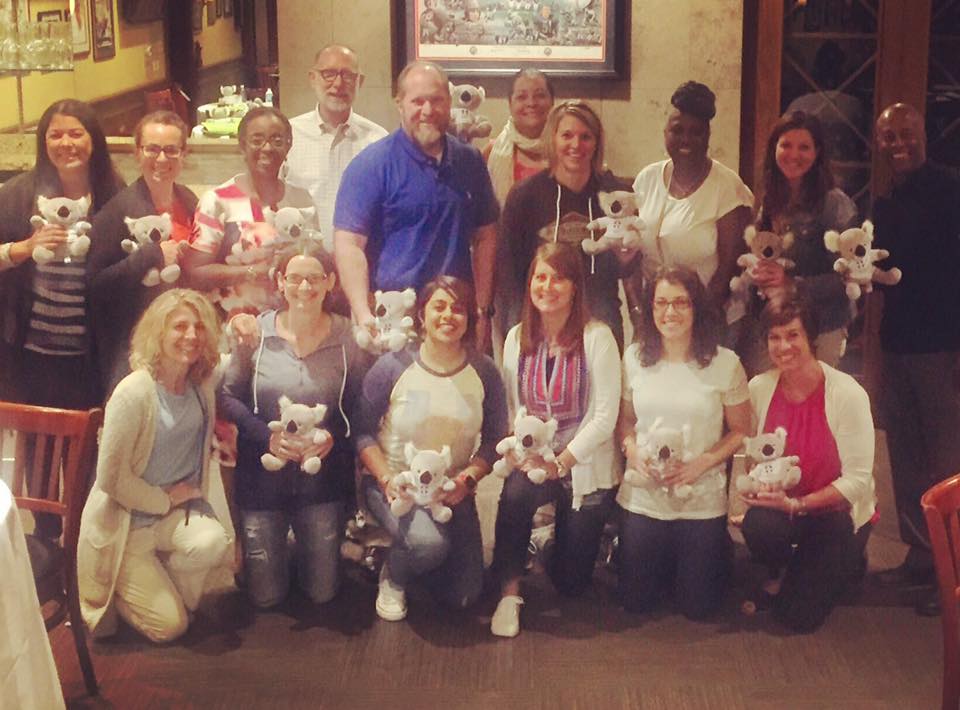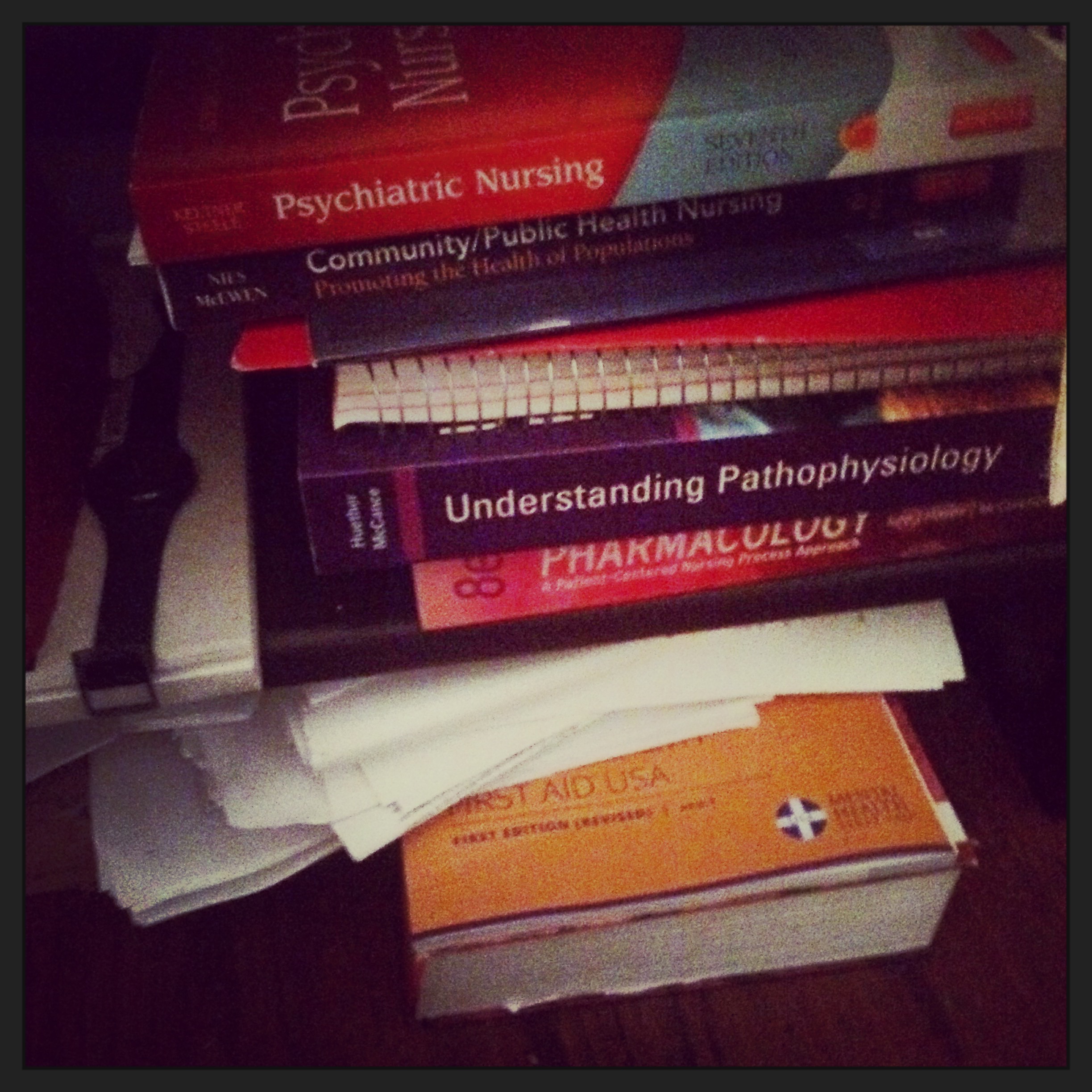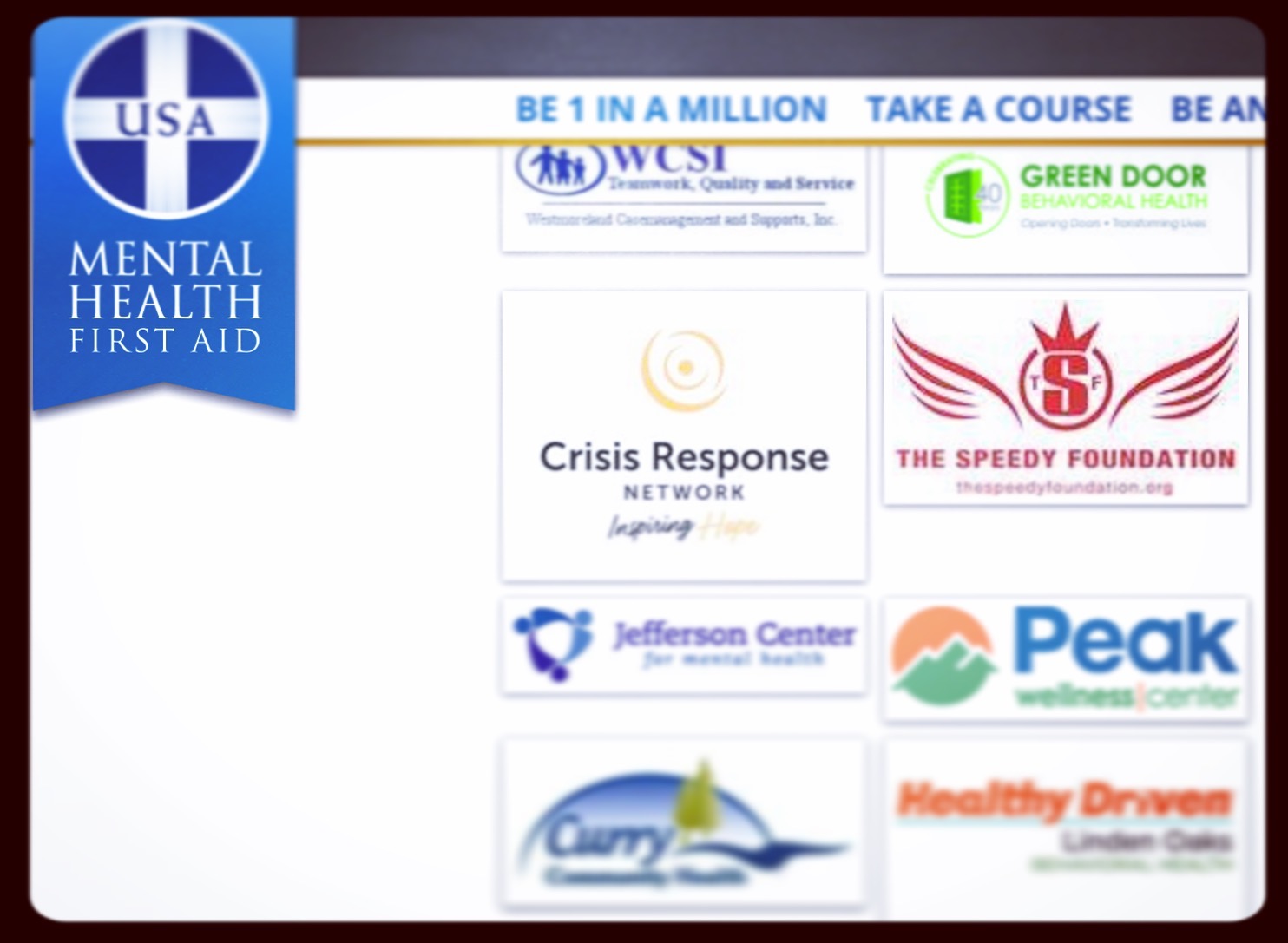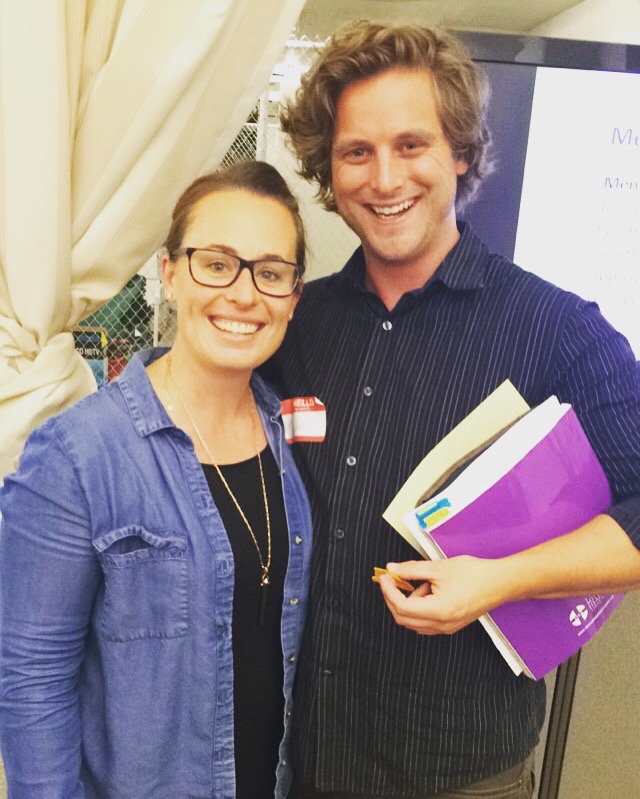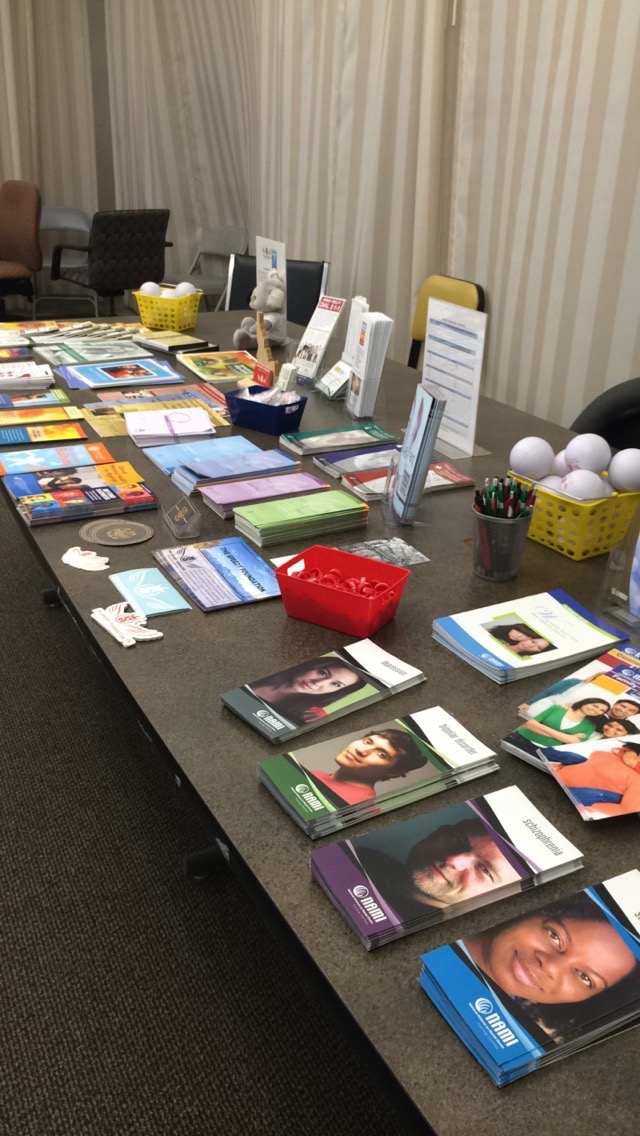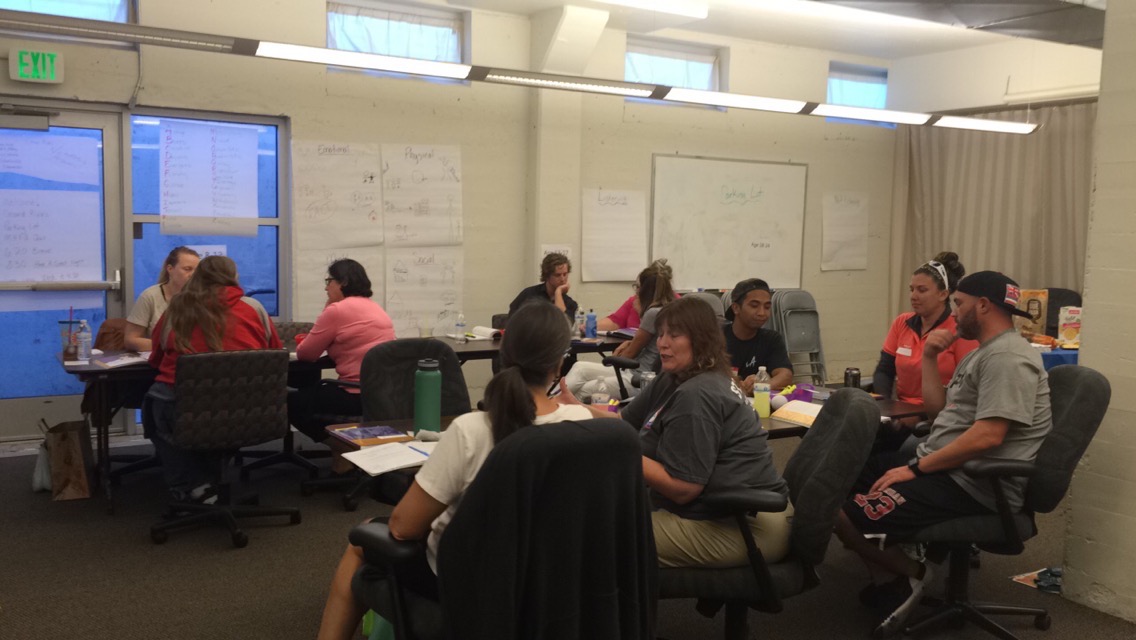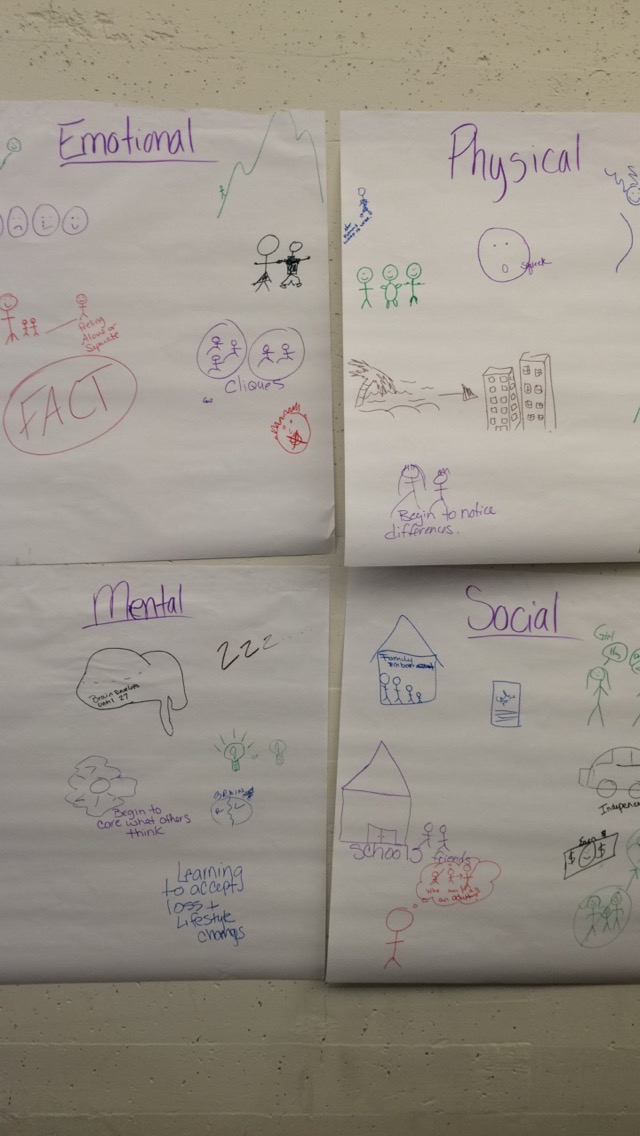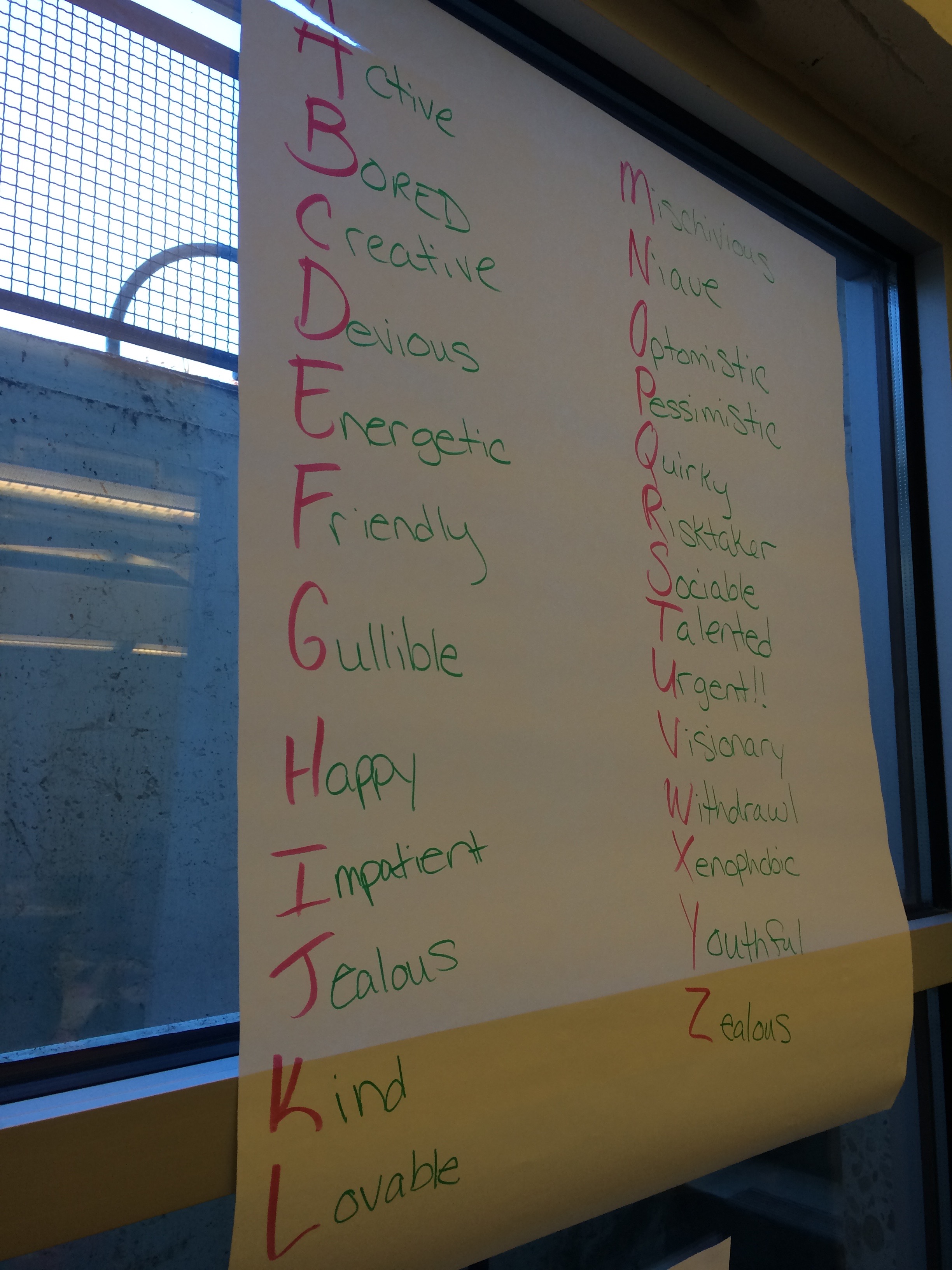
Youth Mental Health First Aid
What is Youth Mental Health First Aid?
Youth Mental Health First Aid is facilitated similarly to Adult Mental Health First Aid, but the curriculum is designed for adults who regularly interact with young people (parents, family members, caregivers, teachers, school staff, peers, neighbors, health and human services workers, and other caring citizens) how to help an adolescent (age 12-18) who is experiencing a mental health or addictions challenge or is in crisis. The course introduces common mental health challenges for youth, reviews typical adolescent development, and teaches a 5-step action plan for how to help young people in both crisis and non-crisis situations.
Who should learn Mental Health First Aid?
A mental health crisis is more common than most people realize. You are more likely to come across a person having a mental health crisis than a person having a heart attack. Where CPR is common and many people have been trained, the same is not true of Mental Health First Aid. It is crucial that we prepare to help our neighbors, friends, relatives and coworkers when they need help.
If you are a professional caregiver, police officer, fireman, minister, priest, rabbi, church volunteer, coach, paramedic, case manager, volunteer or paid staff in any of a hundred different kinds of human service organizations, you will very likely have firsthand contact with people that live with mental illness. Since it is impossible for family doctors, counselors and mental health professionals to know everyone who needs help, the answer to the question: Who needs to know Mental Health First Aid? Everyone
In eight hours, you can become a “Mental Health First Aider.”
Mental Health First Aid will hopefully become as common as CPR and First Aid. It has the potential to reduce the stigma associated with mental illness, improve mental health literacy, and empower individuals.
In Mental Health First Aid training you will learn:
The potential risk factors and warning signs for a range of mental health problems, including: depression, anxiety/trauma, psychosis, substance use disorders, and self-injury
An understanding of the prevalence of various mental health disorders in the U.S. and the need for reduced stigma in all communities
A 5-step action plan encompassing the skills, resources and knowledge to assess the situation, to select and implement appropriate interventions, and to help the individual in crisis connect with appropriate professional care
The evidence-based professional, peer, social, and self-help resources available to help someone with a mental health problem
The course uses a 5-letter (ALGEE) acronym summarizing how to note the signs of behavioral health issues and ways to alleviate a situation:
A: Assess for risk of suicide or harm.
L: Listen non-judgmentally.
G: Give reassurance and information.
E: Encourage appropriate professional help.
E: Encourage self-help and other support strategies.
The Youth Mental Health First Aid Manual Table of Contents:
Section One: Mental health challenges and disorders in youth
Mental health challenges and disorders in youth and young adults in the United States
Adolescent development
Mental Health First Aid for youth and young adults
Section Two: Mental Health First Aid for developing challenges and disorders in youth
Depression in young people
Anxiety in young people
Eating disorders in young people
Psychosis in young people
Substance use and substance use disorders in young people
Attention deficit and disruptive behavior disorders in young people
Section Three: Mental Health First Aid for youth in crisis
First aid for aggressive behaviors
First aid for acute effects of alcohol and drug abuse or misuse
First aid for a medical emergency resulting from alcohol abuse
First aid for acute psychosis
First aid for young adults and adults affected by traumatic events
First aid for children and youth affected by traumatic events
First aid for panic attacks
First aid for non-suicidal self-injury
First aid for suicidal thoughts and behaviors



